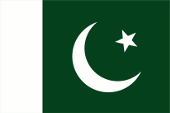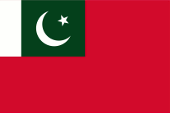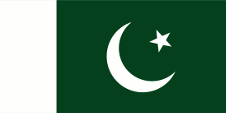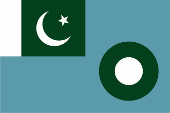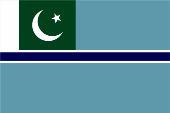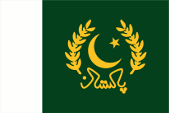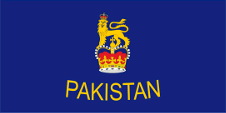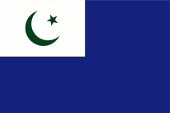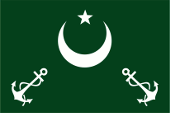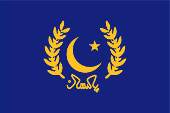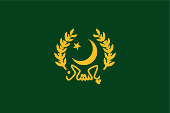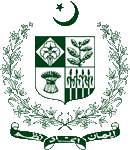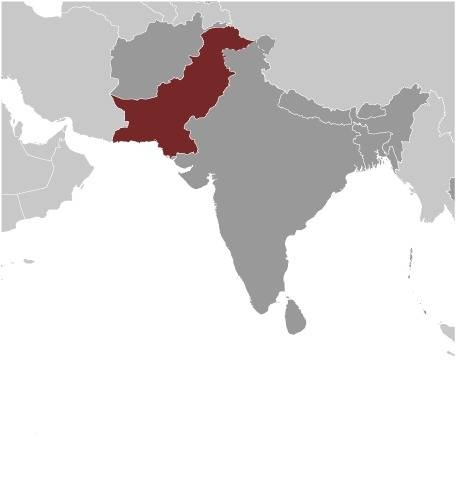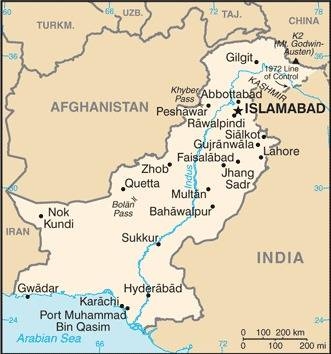Area: 307.372 square miles, without
Azad Kashmir
Inhabitants: 220.900.000 (2020), thereof 46 % Punjabis, 16 % Pashtuns, 13 % Sindhis, 7 % Muhajir, 4 % Baloch
Religions: 96% Muslim, 2% Hindus, 1% Christian
Density of Population: 719 inh./sq.mi.
Capital: Islamabad, 1.014.825 inh. (2017)
official Languagen: Urdu (Persian influenceed Hindustani), English
other Languages: Panjabi, Sindhi, Saraiki, Hindko, Pashto, Baluchi
Currency: 1 Pakistani Rupee (PKR, PR) = 100 Paisa
Time Zone: GMT + 5 h
Source:
Wikipedia (D)

![]()

